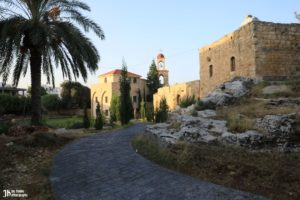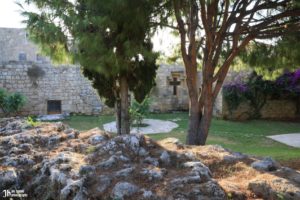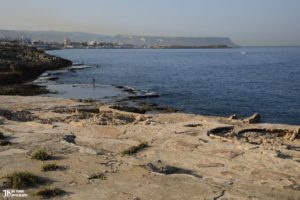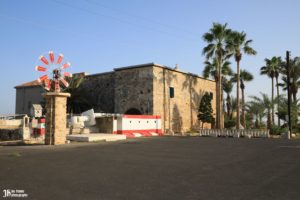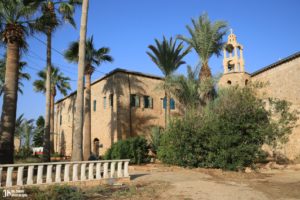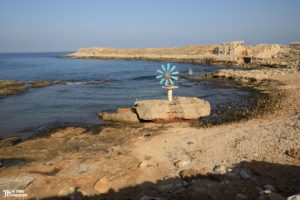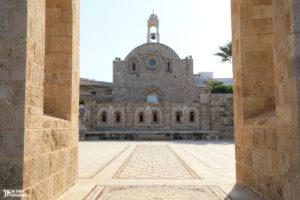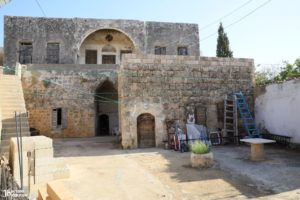CAZA:
Koura 50m
50m Etymology:
Canaanite origin, "Aph", or Syriac origin "Aphay", meaning "the face (of El)" or Arabic origin "Enf", meaning the noseThe ancient village of Enfeh is characterized by a fishing and leisure port with its small blue and white Greek-style houses, an aspect accentuated by the presence of many Byzantine-style churches. The site spreads towards the sea where a narrow isthmus separates it from the coast by two pits cut into the rock. Formerly, the peninsula sheltered, among others, a Crusader fortress of which huge ditches remain today. Enfeh is also famous for its salt marshes dug into the rock and powered by wind turbines overlooking the coast and the waves.
Must-do things
- The 12th century Crusader El-keddissa Catherina church
- Saydet el-Natour Crusader church
- Saydet el-Rih church, the first church dedicated to Virgin Mary in the East
- The Byzantine-style churches of Mar Semaan and Mar Mikhaël
- The salt marshes dug into the rock and powered by wind turbines, remains of the ancient Phoenician port
- The ruins of the citadel of Enfeh located in the peninsula of “Rass-Enfeh”
- The small fishing and leisure port
- The creeks, rocks and direct access to the Mediterranean sea
- Enfeh summer festival held in July-August
- The restaurants and cafes by the sea
- A stroll along the coast in the middle of archaeological remains and historic caves
- A stroll along the coast in the middle of archaeological remains and historic caves
- Saydet el-Nouriyeh convent overlooking the cliffs of Rass-Chekka
- The Cistercian abbey of the convent El-Balamand
- The historic city of Tripoli
- Theotokos monastery of Kaftoun, dug in the rock, on the banks of the river el-Jaouz
- Mseilha Crusader palace

